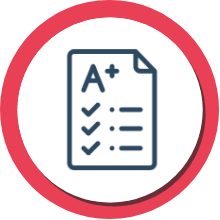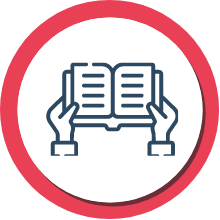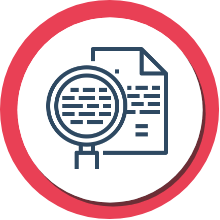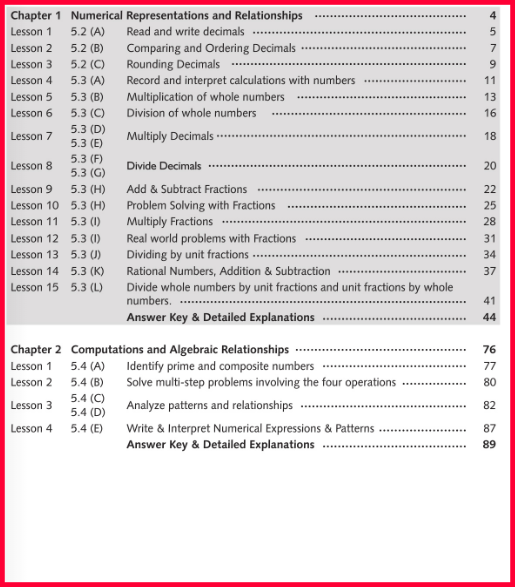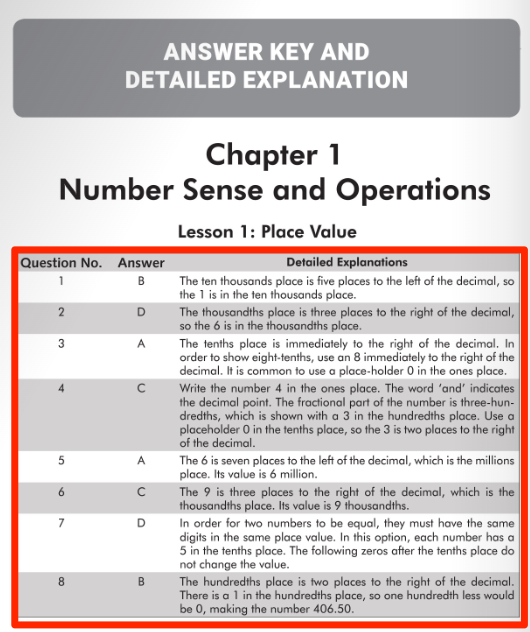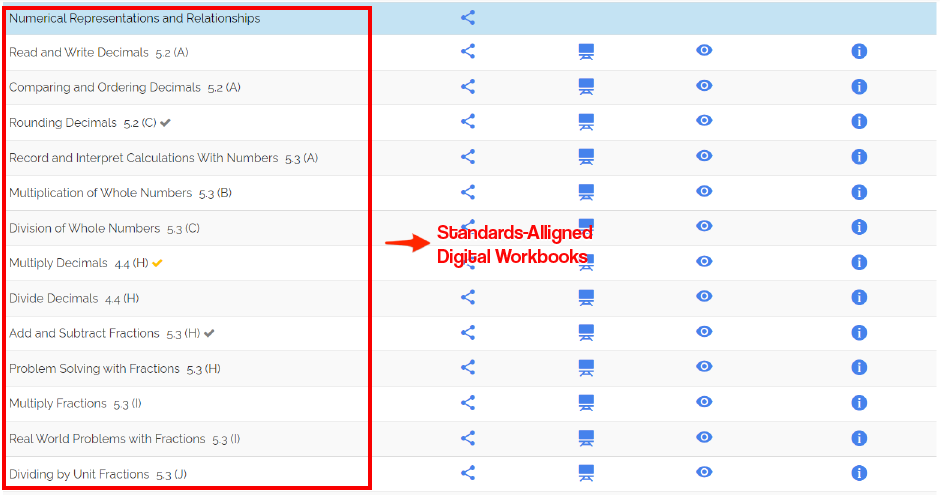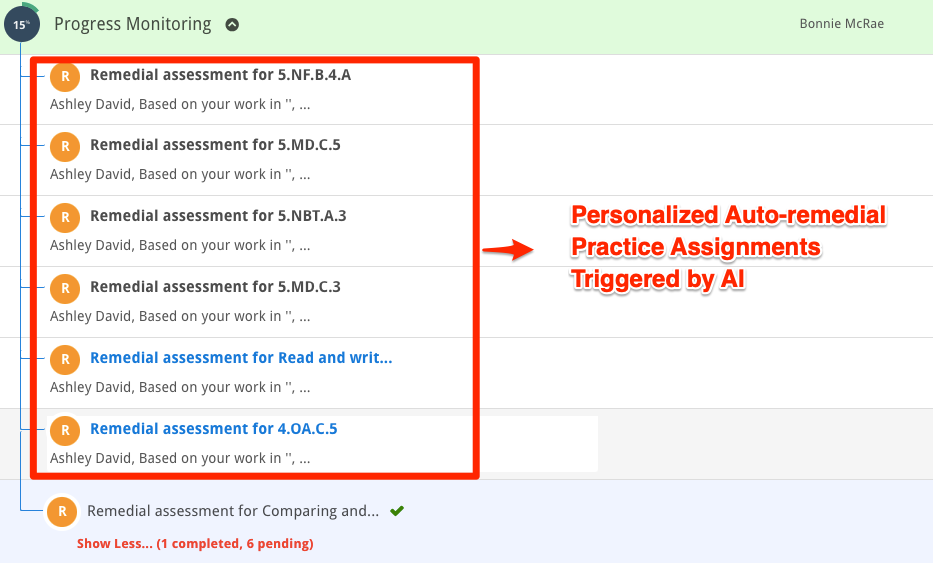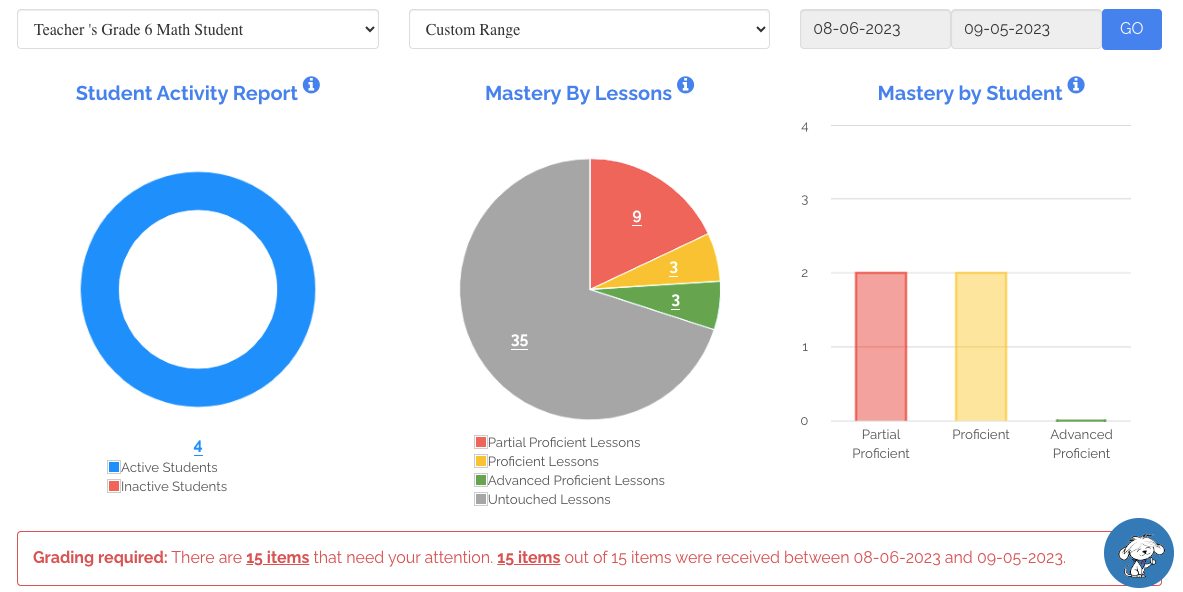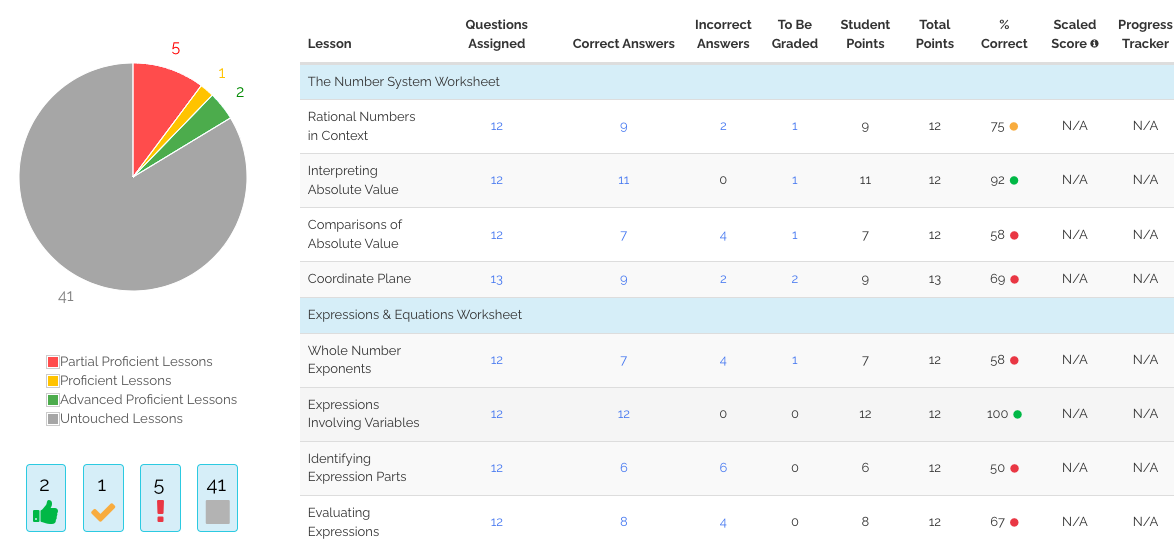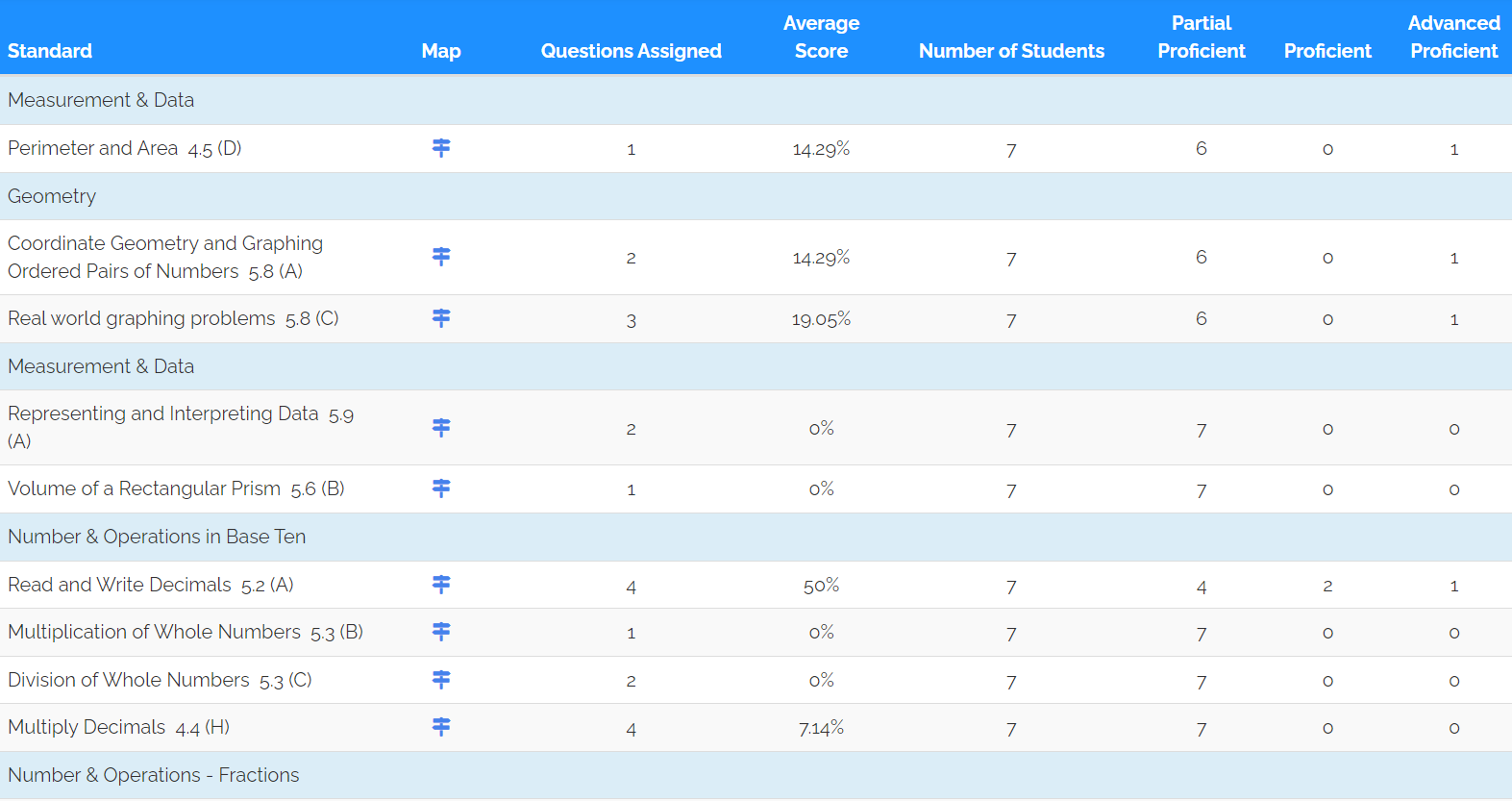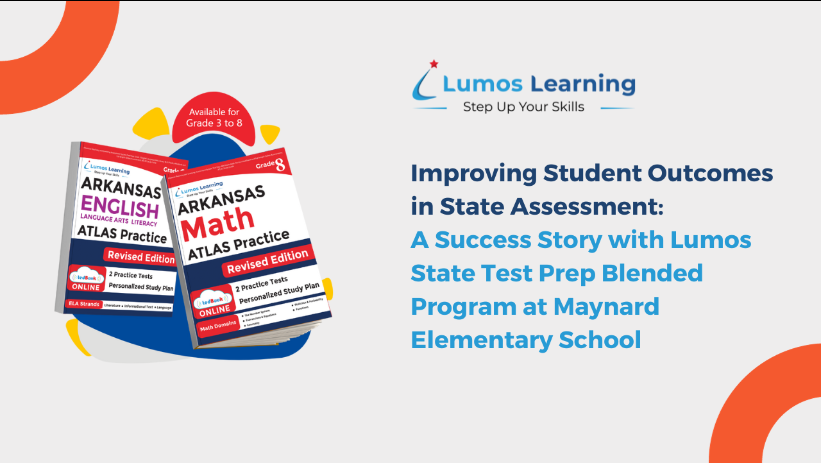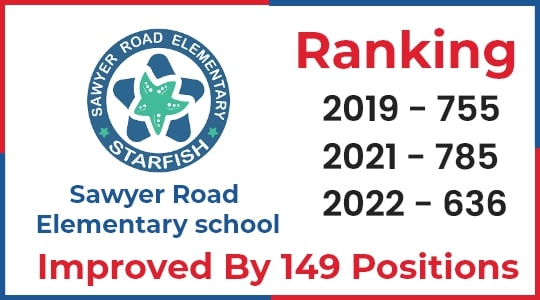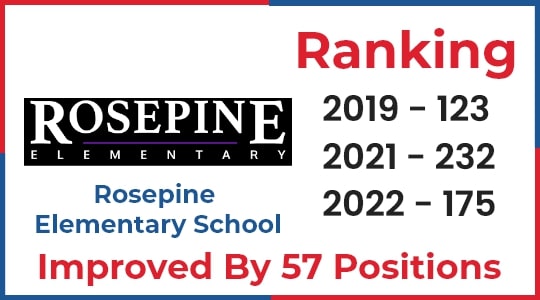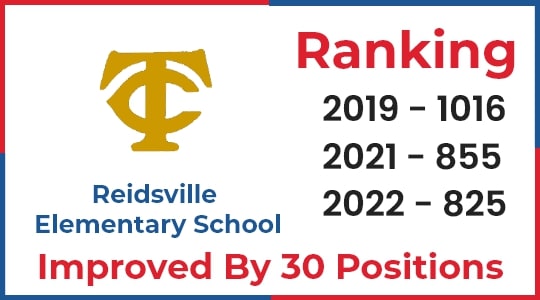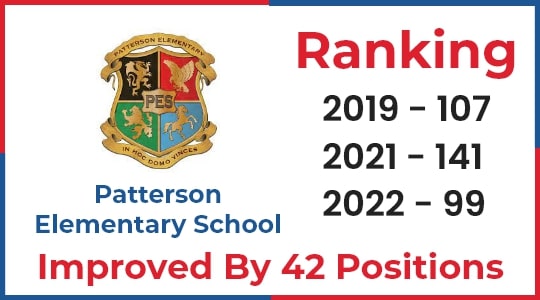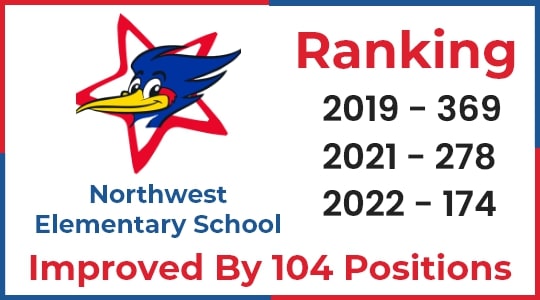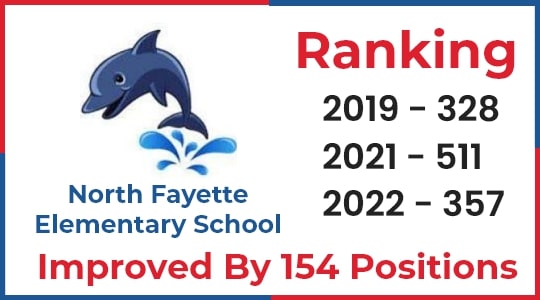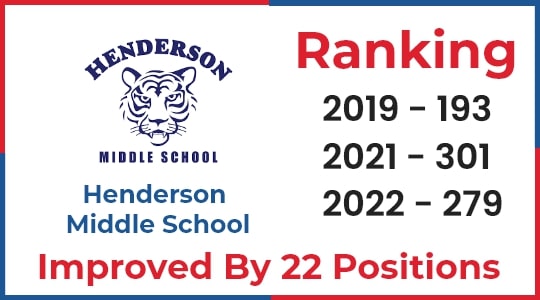ADOPTED IN A THIRD OF SCHOOLS TO IMPROVE STUDENT ACHIVEMENT
DID YOU KNOW?
92% of schools have reported significant improvements in test scores, ranging from 10% to 15%, after incorporating Lumos test prep programs into their classrooms for just 45 minutes weekly throughout the entire school year

HELP YOUR STUDENTS PREPARE FOR SUCCESS ON TEXAS STATE ASSESSMENT
POPULAR USE CASES
Enhance your students’ test-taking skills, stamina, and confidence by offering replicated STAAR test practice, familiarizing them with the actual test format.
Identify skill gaps by assessing your students’ proficiency levels across various standards.
Address individual proficiency gaps through personalized remedial practice that gets automatically triggered by the AI based on students’ performance
Build foundational skills and improve proficiency through standards-aligned learning resources available in the printed workbook and online program.
Engage your students with mini-tests during daily instructional sessions, offering bite-sized practice and reinforcing test-taking skills.
Assess your students’ understanding of daily lessons with quick, ungraded assessments at the end of each class period.
Extend classroom learning by providing your students easy access to educational content and resources.
We used the Lumos workbooks last year to ensure we don’t have any gaps. We wanted to make sure that they’re hitting all the standards. The workbooks are standards-aligned and truly covers everything that’s needed to be successful in the test
– Shoni Johnson, Curriculum & Assessment Director, Connecting Waters Charter School
BEST BLENDED LEARNING PROGRAM FOR STAAR SUCCESS
Printed Workbooks and Online Program Designed for STAAR Practice and Standards Mastery
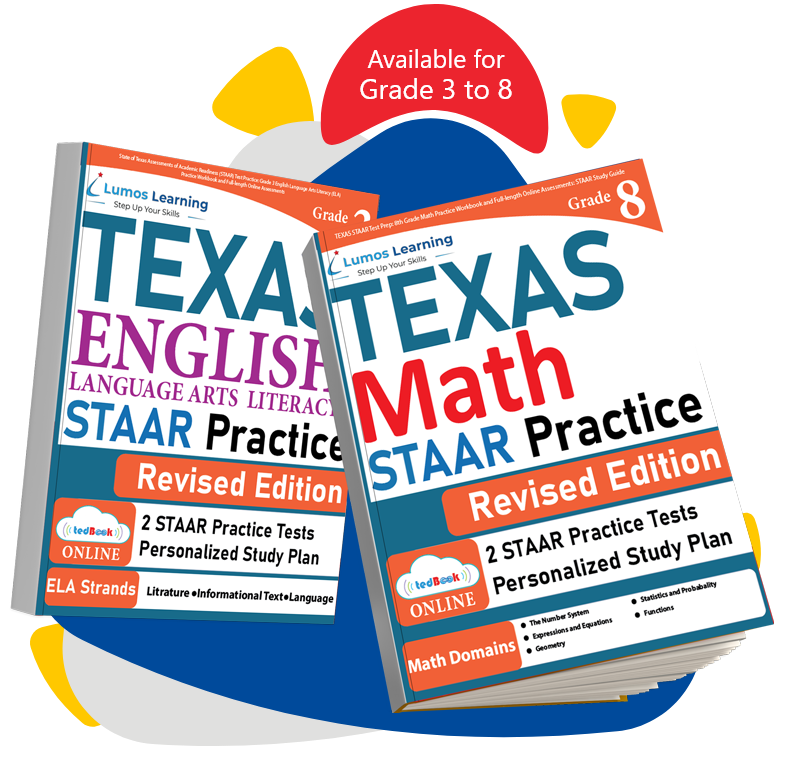
Lumos STAAR Prep Blended Program is the ideal resource to help your students achieve mastery and proficiency in critical Math and English Language Arts (ELA) standards.
The program seamlessly integrates the best of traditional printed workbooks with online resources. The printed workbook boasts a diverse range of standards-aligned practice questions, allowing students to practice at their own pace and focus on the areas where they need the most help. In addition, our online program grants access to two full-length STAAR-like practice tests, complemented by AI-powered personalized auto-remediation, boosting your students’ confidence, test-taking skills and standards mastery.
Our unique blended learning approach ensures that your students have the tools they need to succeed on the high-stakes Texas State Assessment.
EXPLORE RESOURCES IN THE PRINTED WORKBOOK AND ONLINE PROGRAM
- Extensive collection of standards-aligned practice questions
- Covers over 30 Math skills and 40 ELA skills
- Includes answer keys and detailed explanations
- Designed to support students in mastering skills and facilitate intervention efforts
- Administer 2 full length STAAR-like practice tests to enhance your student’s familiarity with the actual test
- Access additional standards-aligned practice questions
- Create and assign custom assessments
- Access personalized auto-remediation practice assignments tailored to each student, focusing on specific skill gaps
- Monitor your student’s progress with an intuitive dashboard and easy-to-read performance reports
- Supplement learning with educational videos, solved examples, and more

Fourth grade reading in the spring of 2021, had a proficiency rate of 44% and in the spring of 2022 had a proficiency rate of 62%. The only curriculum change we made was the practice from Lumos Learning.
– Dr. Kima Stewart, Principal of Buffalo Island Central Elementary School
BOOST STAAR SCORES
Powered by Lumos Smart Test Prep Methodology
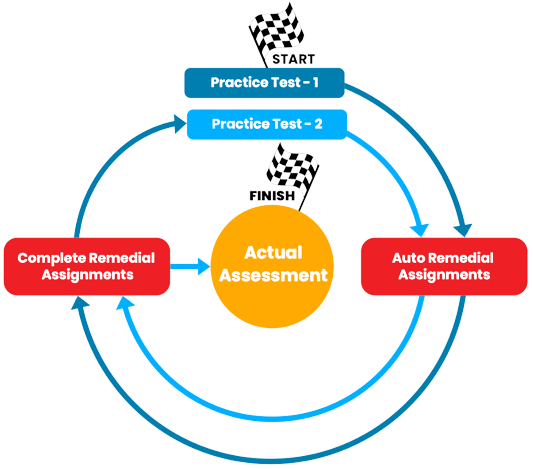
Discover Why Teachers and Administrators Love
Lumos Test Prep Programs
LUMOS LEARNING IS ADOPTED IN A THIRD OF SCHOOLS TO IMPROVE STUDENT ACHIEVEMENT
Take A Free STAAR Online Diagnostic Test
Measure Your Student’s Texas State STAAR Test Readiness in 5 Minutes

-
Identify skill gaps in Math & Literacy standards
-
Get instant results with comprehensive feedback
-
Eliminates test anxiety and boosts student confidence

